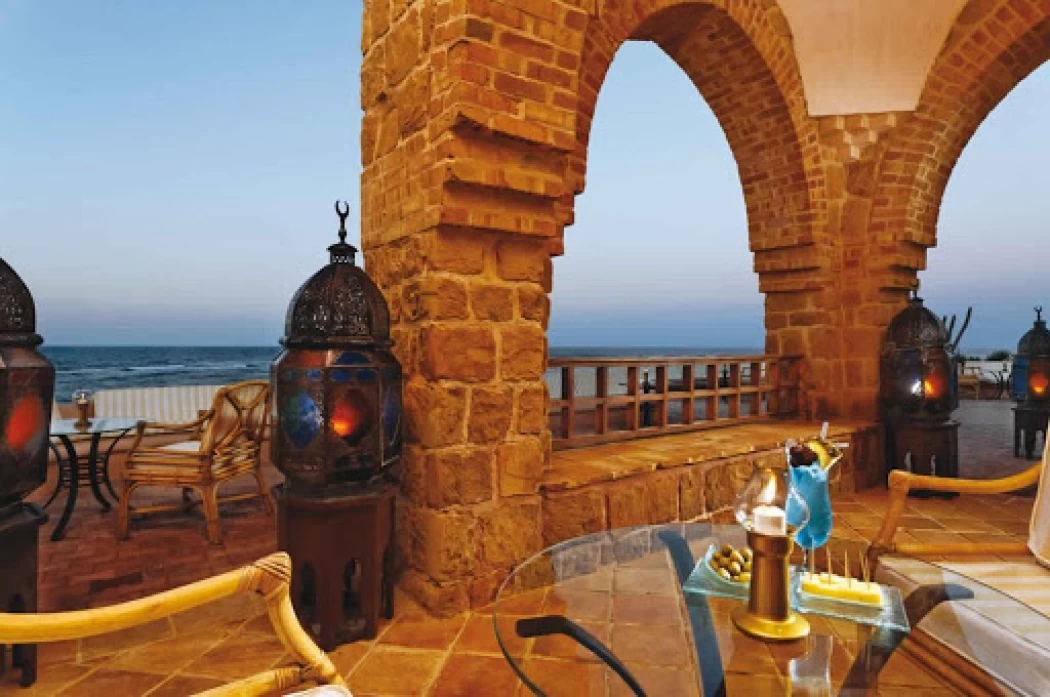
Historical Background | Quseir Town
Historical Background | Quseir Town
The city of Al-Qusair is located on the western shore of the Red Sea in Egypt, 140 km south of Hurghada, and one of the most important villages of the city is Hamrawin village, with an area of 7,636 km², while its population is 50,023 people.
Al-Qusayr acquired its name from a fort which defended the nation in the ancient times of Pharaonic, Roman and other empires. It is to be remembered that many years back, gold was procured within the city by the Pharaohs and gold sourced from Al-Qusayr was brought to Qena. During the Ottomans' period, the fortress was constructed by Sultan Selim I and that very structure has survived to this date.
In the Islamic period, the city of Al-Qusayr assumed a special significance owing to Al-Qusayr's port, which was one of the principal ports used by pilgrims coming from Egypt and North Africa before entering Hijaz, in addition, the city became crucial as an entry point for merchant vessels carrying goods from India, Far Eastern countries, and Africa.
The present day Al-Qusayr city was once known as Tau during the reign of Queen Hatshepsut as the city was a considerable metropolitan and a port at that time, it is noteworthy that Al-Qusayr has existed in the region for a long time and its ports were accessed by pharaohs and even Romans for trade purposes, the city also thrived in the Mamluk age.
It is interesting to mention that Queen Hatshepsut used the port of Al-Qusayr for commercial expeditions to the Land of Punt while it was used by the Arabs for pilgrimage visits. Similarly, when Napoleon was involved in a French campaign around the year of 1799 AD, he recognized the strategic value of the port and made attempts to capture the city, which did not bear any fruits.
Al-Qusayr city is also visited by people from many countries around the globe as it is an eco-friendly city that comprises numerous coral reefs ideal for the diving lovers. Over and above the city’s sea and the historical sites, the city’s market proves to be a tourist hotspot since it has so many unique local goods. Furthermore, the climate in AlQusair is temperate all year round, which is a motivating factor for tourism in the region.
The very purpose of the construction of Al-Qusayr Castle was elimination of possible threats to the region’s trade with India, and it was restored and redecorated so as to become an attractive center for visitors and tourists, since exhibitions of the local history of the region, archaeology, and culture are housed in the castle.
It is noteworthy that Qusayr Castle was occupied during the Ottoman Empire, then Napoleon came and tried to occupy it, followed by the British state, which made Qusayr its main port, while the French state used Qusayr Castle to cut off supplies coming from the Arabian Peninsula and heading towards the Mamluk leaders.














